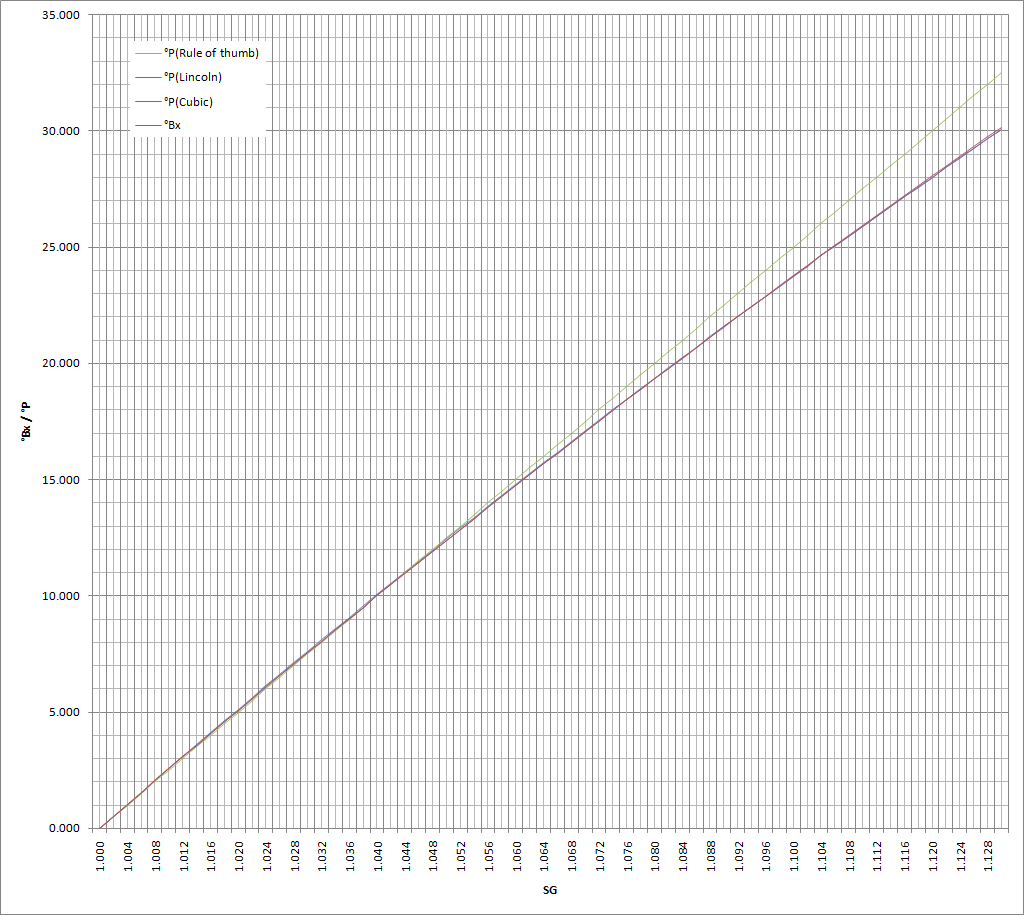

SG TEMPERATURE CONVERSION BLUETOOTH
Tilt digital wireless bluetooth hydrometer & thermometer The lower the final gravity, the dryer the beer.īelow are a few different products we recommend for measuring gravity. The larger the difference between the starting and ending gravities, the higher the alcohol content of the beer. A typical 5% ABV (alcohol by volume) beer usually starts as wort with an original gravity of around 1.045 - 1.050 and finishes fermentation with a final gravity of around 1.007 - 1.012. The difference between the two is used to calculate the alcohol content of the beer.ĭistilled water has a specific gravity of 1.000. The gravity of the wort before fermentation is called the 'original gravity' (OG) and the gravity of the beer after fermentation is called the 'final gravity' (FG). This density is measured at several points during the brewing process: During sparging, before the wort is boiled, after the wort is boiled, before fermentation, and after fermentation (to name a few). Throughout our website we use specific gravity exclusively for all measurements, mostly in our recipes. Home wine, mead, cider, and beer makers typically use specific gravity. Professional brewers generally use degrees Plato or specific gravity. Winemakers as well as the sugar and juice industry tend to use degrees Brix. Various scales exist for measuring density, the most popular of which are degrees Brix, degrees Plato, and specific gravity (SG). Sugar concentration is an indicator of the potential alcoholic strength of the beer, as it is these sugars that the yeast will ferment into alcohol. As sugar is denser than water or alcohol, these tools all measure the wort density. There are a variety of different tools that may be used to accomplish this task. Tilt digital wireless bluetooth hydrometer & thermometerĭuring the brewing process, brewers are required to measure the concentration of dissolved sugar in wort.


 0 kommentar(er)
0 kommentar(er)
